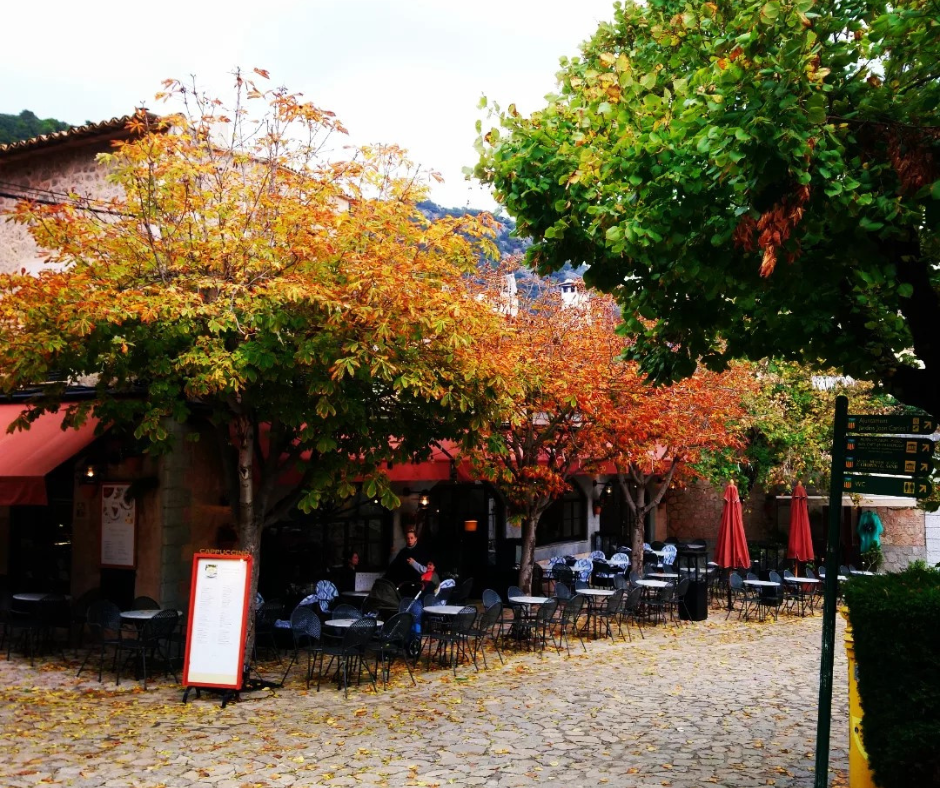Supply chain challenges in the world of wine
- Iván González Gaínza

- Mar 25, 2022
- 3 min read
Updated: Jul 19, 2023
Unless you live in a cave, you will have surely noticed the rise in living costs, which extends from petrol and energy to everyday necessities like bread and milk. The economy has been stretched, which has led to an increase in the price of services, resources, and basic commodities. In addition, wine costs have gone up as well.
The wine industry is dependent on several industry sectors.
When you think about it, without wine there would be very little use for cork, the glass bottle industry would be greatly reduced, label printing and capsules would diminish, and oak barrels and stainless steel tanks would not be required for fermentation and aging...and these are just some of the obvious examples.
There are many reasons for the rise in prices, but concerning wine, the struggle to find some of the essential materials comes from the period when the world was shut down for a few months due to the pandemic. The interruption in production and the fact that factories around the world were forced to close (and send employees home), made a dent in the supply chain. However, nature doesn't grind to a halt, so 2020 delivered yet another harvest. While many wineries could shift their stock and store wine in vats, tanks, and barrels during the pandemic, the supply chain faltered when the time came to bottle, label, and cork the wines.
Since the summer of 2021, every winery I've visited has relayed horror stories about how it's almost impossible to buy bottles, or that the labels have been delayed by 4 months, etc. This is where the basic rules of supply and demand come into play. When there are not enough goods available and the demand is high... you guessed it, the prices go up! And boy, have they increased! Some wineries received supply quotes that were only valid for 24 hours, and after that time the price would increase even more!

Another influential factor and a big player in this game is transportation. The soaring petrol fees are also to blame for the extra euro or more you will have to pay for your everyday supermarket wine. Transport companies are under a lot of pressure, and moving wine around is costly, especially when you take into consideration that the average weight of a bottle of wine is 1.2kg, making it a heavy and delicate cargo.
So how do all of these factors affect us, as wine consumers?
-The first effect of all this global madness will be felt in our pockets.

Wineries have to raise their rates to cover the extra costs. At the same time, distribution companies have to ensure they don't lose out too, so there is a double 'whammy' here. However, one particular factor that I am not comfortable with is that many producers have raised the price of all their wines, without taking into account that their previous vintages were subjected to "normal" prices. For instance, if you are selling a 2019 vintage this year, why does that vintage have to go up in price if the materials used were cheaper then?
- Another factor will be a delay in the delivery of wines.
If a winery cannot find labels, bottles, or corks the availability of the new vintage will be, consequently, delayed.
- I have also noticed an aesthetic change.
The format of the bottles may change according to what is available on the market, so the 2020 vintage you previously bought may appear in a completely different shaped bottle this summer.

- Due to the current economic uncertainty, many distributors are buying smaller quantities of wine or reducing their catalogues (meaning they will 'dump' some of the wineries they have previously worked with). The upshot of this is that you may find it harder to purchase some of the wines you enjoy, especially when it comes to top-of-the-range wines.
- Sadly, all of these measures will probably shift the average consumer to buy cheaper wines. And consequently, this will put the small, quality-focused producer 'in the eye of the storm'.
Wine is very sensitive to price changes. Popularity, demand, and scarcity already make it tricky for many consumers to enjoy some of the top wines around the world, and once those prices go up, they never come down. This is another one of my worries. The sudden increase can be understood when you consider the current situation, but what will happen when or if the raw materials and the supply chain return to pre-pandemic "normality"? Will the wines see a price reduction? I believe they should, but sadly, I can't see it happening. I have never seen good wine go back down in price again throughout my career.
My suggestion, as always, is to keep drinking the good quality wine that you can afford. In these strange times, this will be the best option for you.
















Comments